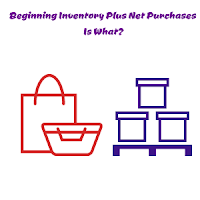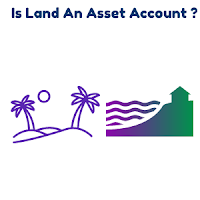Beginning Inventory Plus Net Purchases Is What?

Ope ning or Begi nning Inventory plus Net Purchases is equal to the Cost of Goods Available for Sale as it is the cost of goods available for sale purposes and it does n't include damaged or destroyed goods. The remaining goods that are not sold during the accounting cycle are called closing inventory. B asically, cost of goods available for sale formula is the part of Cost of Goods Sold Or Cost of Sales formula that is shown below: Rs. Opening Inventory XXX Add: Purchases XXX _______ Cost of Goods Available for Sale XXX Less: Closing Inventory XXX _______ Cost of Sales









